-
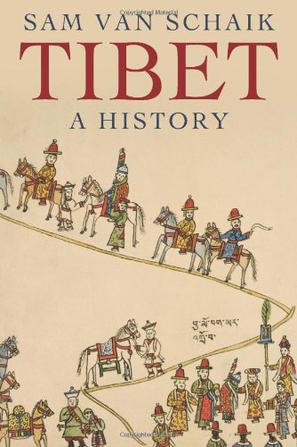
Tibet
Situated north of the Himalayas, Tibet is famous for its unique culture and its controversial assimilation into modern China. Yet Tibet in the twenty-first century can only be properly understood in the context of its extraordinary history. Sam van Schaik brings the history of Tibet to life by telling the stories of the people involved, from the glory days of the Tibetan empire in the seventh century through to the present day. He explores the emergence of Tibetan Buddhism and the rise of the Dalai Lamas, Tibet's entanglement in the "Great Game" in the early twentieth century, its submission to Chinese Communist rule in the 1950s, and the troubled times of recent decades. Tibet sheds light on the country's complex relationship with China and explains often-misunderstood aspects of its culture, such as reborn lamas, monasteries and hermits, The Tibetan Book of the Dead, and the role of the Dalai Lama. Van Schaik works through the layers of history and myth to create a compelling narrative, one that offers readers a greater understanding of this important and controversial corner of the world. -
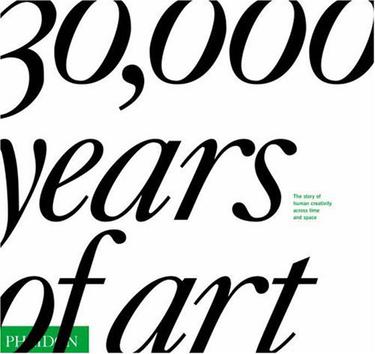
30,000 Years of Art
30,000 YEARS OF ART: THE STORY OF HUMAN CREATIVITY ACROSS TIME AND SPACE is the follow-up to Phaidon's phenomenally successful THE ART BOOK. This is an accessible, fun and informative compendium of world art that offers a fresh perspective on the whole of art history, from 28,000 BC to the present day. It debunks art historical classifications and hierarchies by presenting 1,000 masterworks of art in simple chronological order, demonstrating what was being created all over the globe at the same time. Only here can you find the Venus de Milo next to a mural from the Mayan civilization, or Velazquez' Las Meninas next to a painting from the Chinese Ming Dynasty, an Indian jade wine cup, a ritual Nepalese plaque, a Korean portrait, and Vermeer's Milkmaid. Each work has been chosen for its unique place in the history of art, and as a representative example of the art of its culture. By juxtaposing works of art from different cultures throughout time, this is the first book to offer a balanced appraisal of world art history, revealing the huge diversity of and similarity between man's artistic achievements. Each entry includes a full-page color image of the work and a concise descriptive text that sets the work in context, explaining its contribution to the development of art and the medium in which it was created. A comprehensive index, illustrated timelines, and a glossary of terms and movements make this book an invaluable reference tool and teaching resource. -
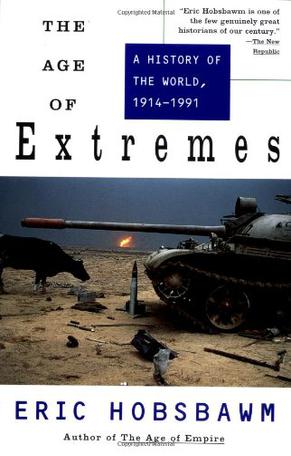
The Age of Extremes
Dividing the century into the Age of Catastrophe, 1914-1950, the Golden Age, 1950-1973, and the Landslide, 1973-1991, Hobsbawm marshals a vast array of data into a volume of unparalleled inclusiveness, vibrancy, and insight, a work that ranks with his classics The Age of Empire and The Age of Revolution. Includes 32 pages of photos. -
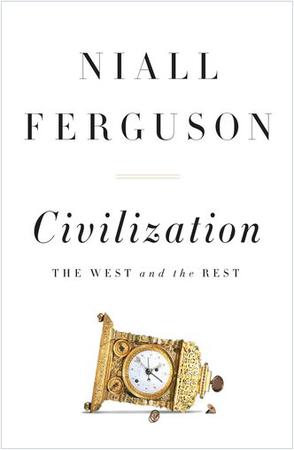
Civilization
If in the year 1411 you had been able to circumnavigate the globe, you would have been most impressed by the dazzling civilizations of the Orient. The Forbidden City was under construction in Ming Beijing; in the Near East, the Ottomans were closing in on Constantinople. By contrast, England would have struck you as a miserable backwater ravaged by plague, bad sanitation and incessant war. The other quarrelsome kingdoms of Western Europe - Aragon, Castile, France, Portugal and Scotland - would have seemed little better. As for fifteenth-century North America, it was an anarchic wilderness compared with the realms of the Aztecs and Incas. The idea that the West would come to dominate the Rest for most of the next half millennium would have struck you as wildly fanciful. And yet it happened. What was it about the civilization of Western Europe that allowed it to trump the outwardly superior empires of the Orient? The answer, Niall Ferguson argues, was that the West developed six 'killer applications' that the Rest lacked: competition, science, democracy, medicine, consumerism and the work ethic. The key question today is whether or not the West has lost its monopoly on these six things. If so, Ferguson warns, we may be living through the end of Western ascendancy. Civilization takes readers on their own extraordinary journey around the world - from the Grand Canal at Nanjing to the Topkapi Palace in Istanbul; from Machu Picchu in the Andes to Shark Island, Namibia; from the proud towers of Prague to the secret churches of Wenzhou. It is the story of sailboats, missiles, land deeds, vaccines, blue jeans and Chinese Bibles. It is the defining narrative of modern world history. -
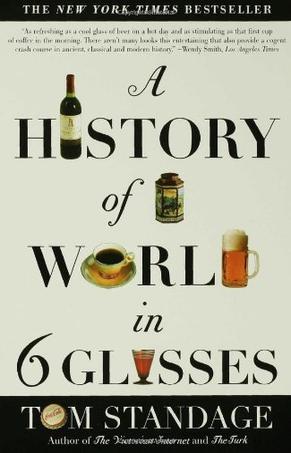
A History of the World in 6 Glasses
Whatever your favourite tipple, when you pour yourself a drink, you have the past in a glass. You can likely find them all in your own kitchen — beer, wine, spirits, coffee, tea, cola. Line them up on the counter, and there you have it: thousands of years of human history in six drinks. Tom Standage opens a window onto the past in this tour of six beverages that remain essentials today. En route he makes fascinating forays into the byways of western culture: Why were ancient Egyptians buried with beer? Why was wine considered a “classier” drink than beer by the Romans? How did rum grog help the British navy defeat Napoleon? What is the relationship between coffee and revolution? And how did Coca-Cola become the number one poster-product for globalization decades before the term was even coined? From the Hardcover edition. -
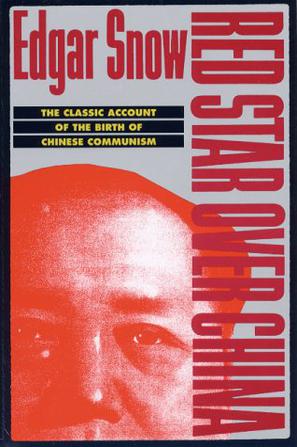
Red Star over China
The first Westerner to meet Mao Tse-tung and the Chinese Communist leaders in 1936, Edgar Snow came away with the first authorized account of Mao’s life, as well as a history of the famous Long March and the men and women who were responsible for the Chinese revolution. Out of that experience came Red Star Over China, a classic work that remains one of the most important books ever written about the birth of the Communist movement in China. This edition includes extensive notes on military and political developments in China, further interviews with Mao Tse-tung, a chronology covering 125 years of Chinese revolution, and nearly a hundred detailed biographies of the men and women who were instrumental in making China what it is today.